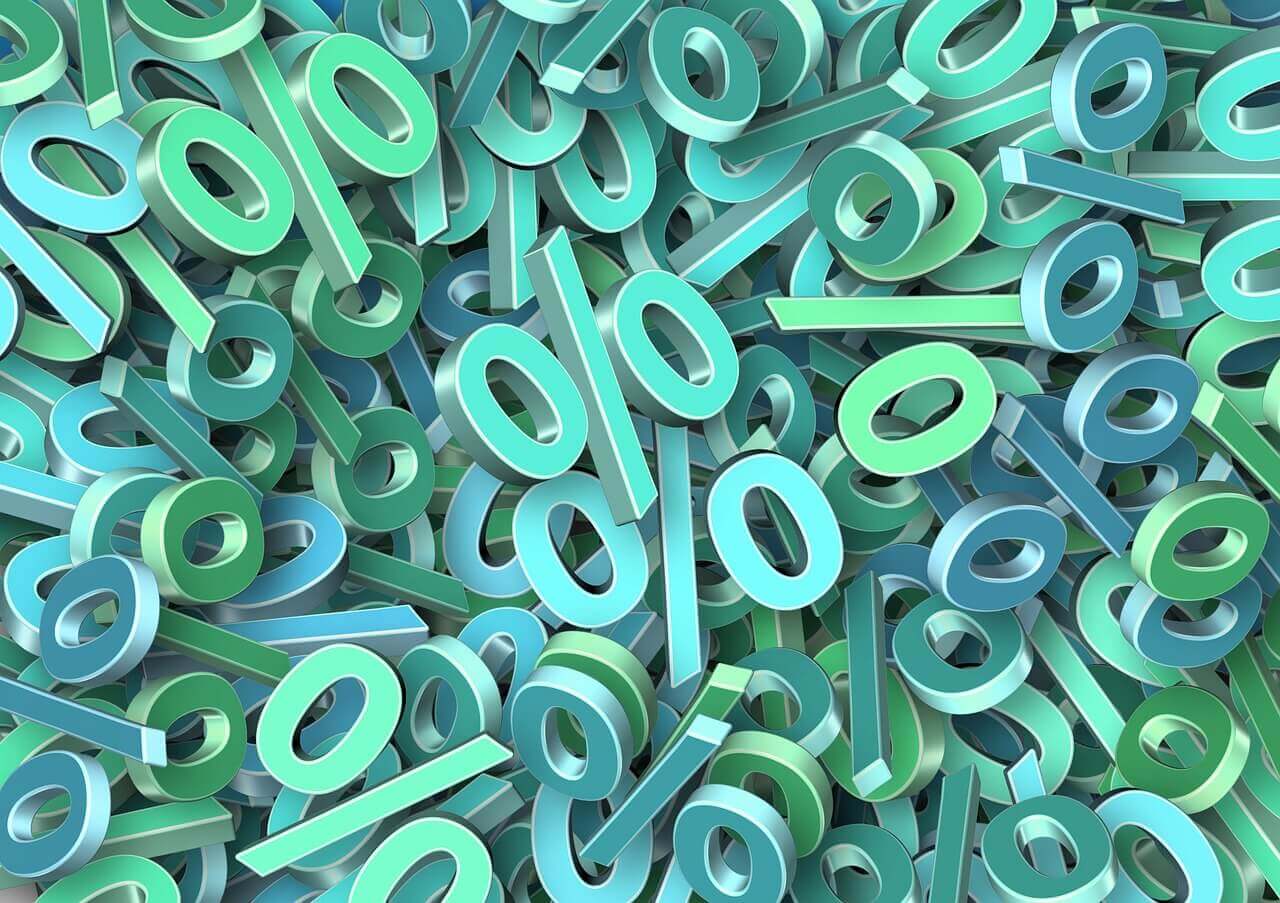What Is APR And How Does It Work? Well, APR is an acronym that stands for Annual Percentage Rate. This refers to the interest applied to your loan across the year. It represents the cost of borrowing over 365 days. APR can still apply to loans if you are borrowing for less than a year.
Key Points:
- APR stands for Annual Percentage Rate and refers to the interest applied to a loan over the course of a year. This is how much the loan will cost you. It represents how much you’ll need to pay back in addition to what you’ve borrowed.
- Payday loans in the US bear an average of 400% APR, with some offering lower rates, and some spanning up to 600%,
- Some states set an upper limit on payday loans rates, such as Colorado. Colorado caps it on payday loans at 36%. 18 states have set this same limit.
- Representative APR differs from regular APR. It shows what the average consumer will pay in interest, and won’t necessarily be the amount that you will need to pay.
- The regulatory body for payay loans is Consumer Protection Financial Bureau.
What If I Need A Loan For Less Than A Year?
While APR represents the cost of a loan for a year, it still helps you understand how much your loan will cost you if you are borrowing for less than a year.
Calculate it by dividing the amount of interest paid by the sum borrowed. To make this an annual rate, the figure is multiplied by 365. The outcome of this equation is divided by the length of the repayment term. Then you multiply by 100 to make it a percentage. The number you’re left with at this point is the APR.
How Do I Find Out The APR On A Payday Loan?
Lenders in the US are legally tied to displaying it on loan advertisements. This means that when you surf the web and consider the different lenders in your area, it will be displayed on lenders’ websites. You could also call them up and ask them about the rates attached to their loans.
Comparison websites also offer a handy service whereby they will present you with side-by-side comparisons of loans. Such comparisons give great detail. This includes how long you can borrow, how much, and the APR attached to the loan you’re considering.
What Does It Mean If APR Is Low?
If APR is low, that’s great for you! Its represents the cost of borrowing, so the lower the APR, the less expensive the loan.
For instance, let’s say you are seeking a loan of $1000. If APR on this loan is 10%, then the cost of borrowing is $100, meaning your total repayment will be $1100. If for the same amount, you secured a loan with 5% APR, then the cost of borrowing would only be $50, making your total debt $1050. Therefore, the lower the APR, the lower the cost of borrowing.
Sometimes it is possible to have a line of credit-bearing 0% APR. This is often the case with credit card companies who try to entice consumers by offering them 0% interest rate on purchases and balance transfers for their first few months with the credit company. Typically, it will rise after the introductory period.
How Quickly Do I Need To Pay Back APR On A Payday Loan?
APR on payday loans is usually paid back more rapidly than that of other loans. This means that the APR is concentrated even if the overall cost is the same. This is why payday loans famously have high APR attached to them, making loans very expensive for borrowers, with an average APR of around 400%.
For this very reason, payday loans should only be used for short-term and urgent costs.
How Much APR Can I Be Charged?
The average APR on a payday loan lies at around 400%. Rates will vary between lenders, but will usually sit somewhere between the 390% to 780% mark.
Many states are working towards capping the rates to prevent borrowers from being charged exorbitant rates of interest. For many states, 36% has been the sweet spot, with 18 states including New Hampshire, Montana, and Colorado capping interest on payday loans.
Meanwhile, 13 states, including New York, have gone as far as to ban payday loans altogether.
Is Representative APR The Same As Regular APR?
Many payday lenders will use the term ‘representative APR,’ which is not quite the same as regular APR. Representative APR represents what that lender’s average consumer will pay – hence the name ‘representative.’ This will not necessarily be the rate that you will pay.
What you will pay will be determined by your personal circumstances, such as your credit history, income, how much you’re borrowing for, and how long you need a loan. This is why you may not get the rate that was advertised.
What Happens If I Can’t Pay My Loan Back On Time?
It is essential to pay back your debts on time. Failing to do so could land you with the following issues:
- Threatened legal action, like being sued.
- Damage to your credit score, making it difficult to secure future loans.
- Further fees, making borrowing even more expensive.
Therefore, you should have a repayment method in mind and be confident that you’ll be able to fulfill it before taking out a loan. If you do find yourself in the tricky situation that you can’t pay back your loan as you had hoped, you should speak to your lender and discuss an adjusted repayment plan.


